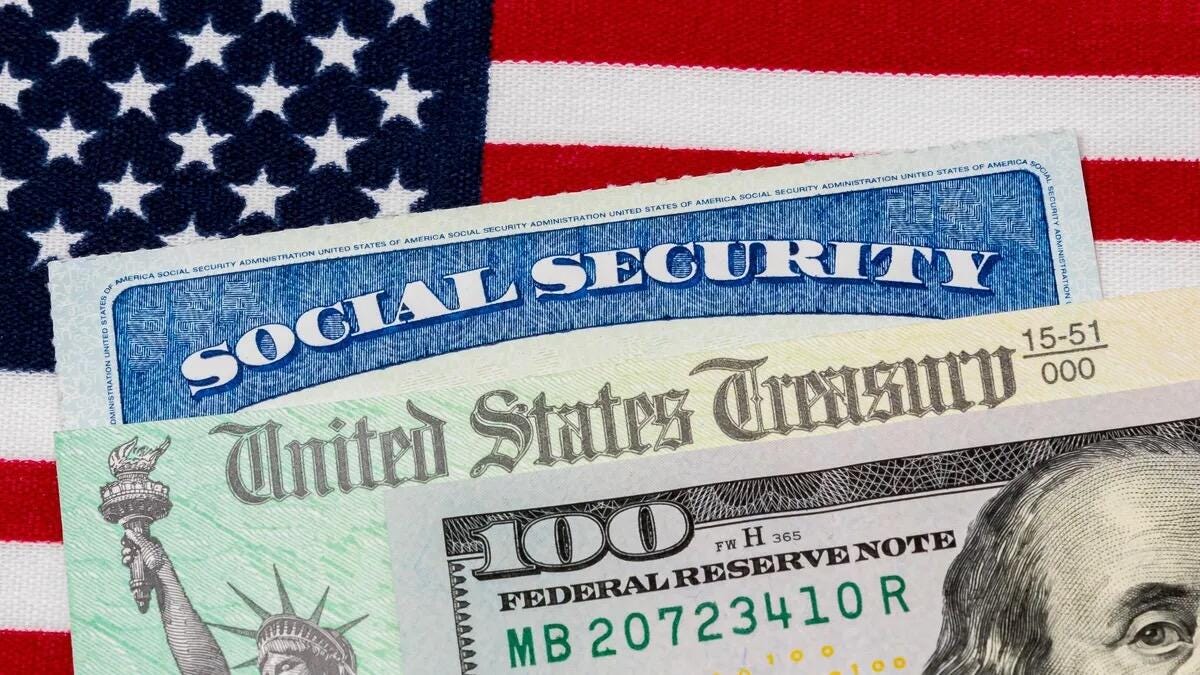Paper Social Security Checks Are Going Away Soon: What to Know Here's when it will start

An executive order from President Trump will eliminate paper checks for all federal payments

If you get your Social Security payment in the form of a paper check, you'll need to switch to an electronic payment option instead soon.
The US government is going all-in on digital payments and receipts for federal disbursements. That means that if you're still receiving paper checks for Social Security or other federal payments, like tax refunds, you'll need to transition to a digital form of payment like direct deposit very soon.

The vast majority of Social Security, SSDI, Supplemental Security Income and tax refunds are sent electronically already, so the transition will affect only a small portion of Americans -- but that's still tens or even hundreds of thousands of individuals. As of June 2025, 418,316 households are still receiving paper checks out of the 69 million total Social Security recipients. These peoples may have a harder time moving forward to a digital form of payment, whether they don't have access to banking services or doing so would create more of a hardship. Luckily, exceptions can be made in certain circumstances.
Below, we'll go over why the move to digital is happening, how to prepare if you or someone you care for are still receiving paper checks and the exceptions to the order. For more, check out the Social Security payment schedule for this month.
Why is the US transitioning to digital payments?
The move to a digital payment system for federal payments, like Social Security, was announced in an executive order by the Trump administration on March 25, 2025. The title of the order sums it up pretty clearly: Modernizing Payments To and From America's Bank Account.
The order says that using paper checks for federal disbursements imposes unnecessary costs and risks, including fraud, lost payments and theft. It also notes that mail theft complaints have substantially increased since the COVID-19 pandemic and that checks are 16 times more likely to be reported as lost, stolen or returned as undeliverable compared to an electronic funds transfer payment.
The executive order says the goal of this transition is to defend against fraud, reduce costs, improve efficiency and increase the overall security of federal payments.
What federal payments are going digital?
According to the executive order, all federal payments will go digital by Sept. 30, 2025. That's well ahead of the next tax season. However, those who still rely on monthly paper checks for programs like Social Security will need to prepare sooner.
Here are all of the forms of federal disbursements transitioning to digital:
- Intragovernmental payments
- Benefits payments (Social Security, SSDI, SSI)
- Vendor payments
- Tax refunds
Digital payment methods include direct deposit, debit and prepaid cards that can be mailed to you, digital wallets and real-time payment systems.
What are the exceptions to this order?
The order acknowledges that the transition to digital payments may not necessarily be feasible for all people, so there are exceptions that will be made for the following situations:
- People who do not have access to banking services of electronic payments.
- Certain emergency payments where an electronic payment would cause undue hardship.
- Certain national security or law enforcement activities where non-EFT transactions are necessary or desirable.
- Specific circumstances as determined by the Secretary of the Treasury
People or entities that qualify for an exception will be provided with alternative payment options.
Social Security recipient? Here's how to prepare
For payments such as tax returns, all you need to do is opt for the direct deposit option while filing taxes. It's that easy. However, if you receive Social Security benefits or Supplemental Security Income in the form of a monthly check, you'll need to make preparations for the upcoming transition. This can be done in one of two ways:
Signing up for electronic payments via the Treasury's Go Direct website. You can also call the Treasury's Electronic Payment Solution Center at 1-800-333-1795.
Signing in or signing up for a My Social Security account to start or update your direct deposit information.
For more, check out our Social Security and SSDI cheat sheet.
This story originally appeared on: CNet - Author:UK GAG
















